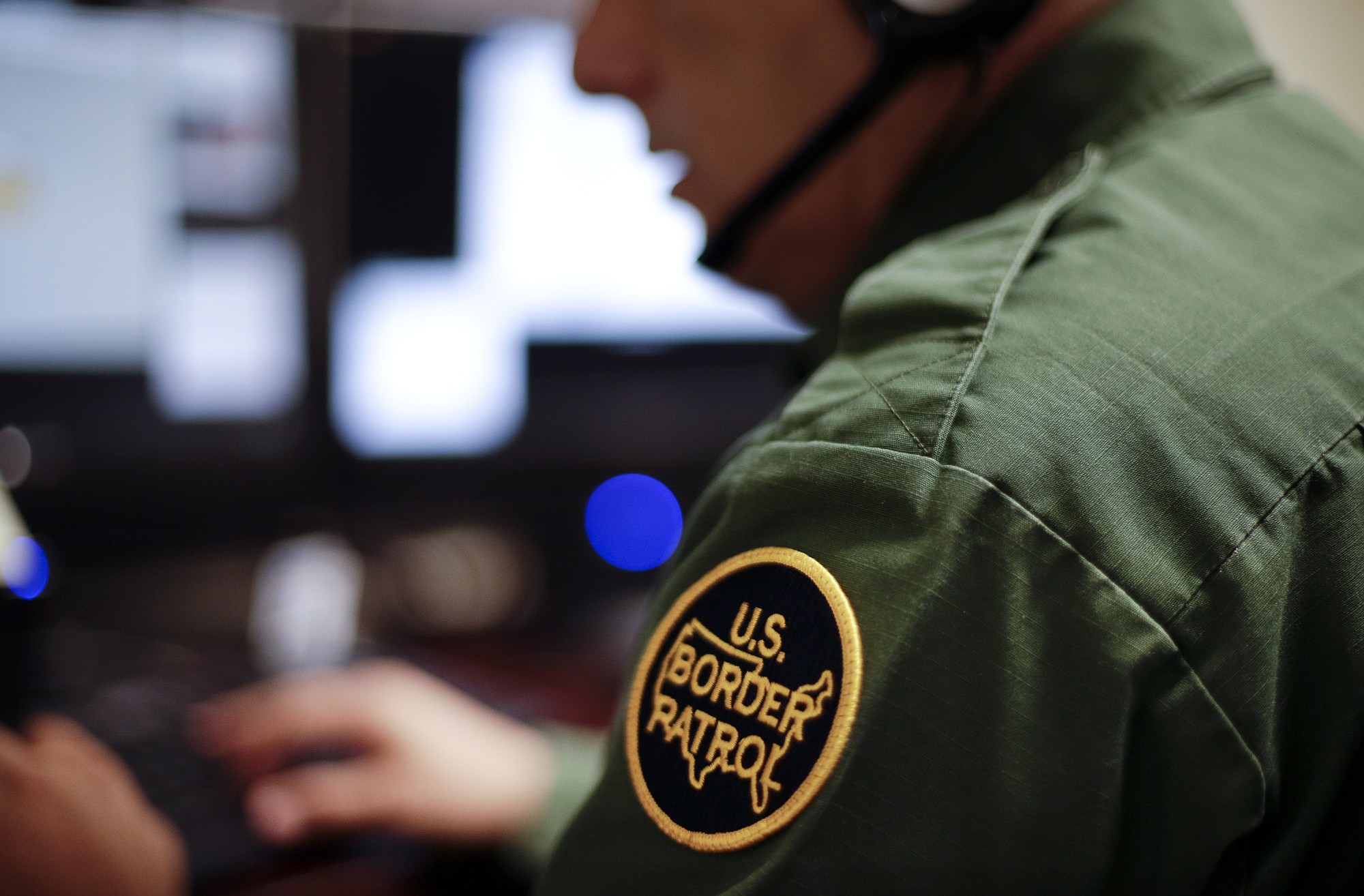SAN DIEGO — The downcast faces on computer screens are 1,500 miles away at a Border Patrol station in McAllen, Texas: a 20-year-old Honduran woman arrested rafting across the Rio Grande and a 23-year-old man caught under similar circumstances.
Four agents wearing headsets reel through a list of personal questions, spending up to an hour on each adult and even longer on children. On an average day, hundreds of migrants are questioned on camera by agents in San Diego and other stations on the U.S.-Mexico border.
The long-distance interviews — introduced last year in El Paso, Texas, and extended to California — are a response to the dramatic increase of Central Americans crossing the border in Texas that also has flooded immigration facilities with hundreds of women and children. The Border Patrol does not have the staff to process all the immigrants crossing in the Rio Grande Valley, but faraway colleagues have time to spare.
The remote video processing reveals a perpetual predicament that has long bedeviled the Border Patrol. Many agents wind up stationed in places where crossing activity is slowest because the Border Patrol struggles to keep up with constantly shifting migration patterns.
One example of the staffing mismatch: the roughly 2,500 agents in the San Diego sector arrested 97 immigrants illegally crossing the border on June 14, according to an internal document reviewed by The Associated Press. On the same day, the roughly 3,200 agents in the Rio Grande Valley made 1,422 arrests.
“If there’s nothing going on, what are you going to do? You’re just staring at the fence,” Rodriguez said in his new office.
A few feet away, Victor Nunez says he interviewed a woman carrying a 4-month-old child and spent his last shift working on a group of 93 people that crossed the Rio Grande at once. Such activity was unheard of on his overnight shift patrolling the quiet mountains near San Diego.
“I feel like we’re helping out our agents,” said Nunez, who joined the Border Patrol in 2011. “It’s a big problem going on there.”
The McAllen station is designed to hold a few hundred people, but often teems with more than 1,000 who spill into hallways and outside. Migrants have been sent to stations in quieter parts of Texas, and they were overwhelmed. Overcrowding at the Laredo station prompted a visit from the fire marshal last month.
The shift to the Rio Grande Valley is part of a long-running trend where immigrants and smugglers change crossing locations faster than the government responds.
San Diego was the hot spot until the mid-1990s, when 1,000 agents were added there. After traffic moved to Arizona, staffing in Tucson ballooned under President George W. Bush, who doubled the Border Patrol close to its current size of more than 21,000 agents.
Some warn against bulking up in South Texas because smuggling routes will inevitably change along the 1,954-mile border.
The Border Patrol can move agents for 35 days — longer by mutual agreement — but those temporary assignments are expensive. More than 100 agents were sent to Rio Grande Valley this spring for short stays.
Voluntary transfers were an option but have not been used widely in South Texas. The Border Patrol began a campaign about 10 years ago, partly aimed at boosting morale, to offer more transfers if agents moved themselves. And, as agents quit or retire, the vast majority of new hires who replace them are now assigned to Rio Grande Valley.
The Border Patrol introduced video processing in El Paso in April 2013 to address the surge in Rio Grande Valley, where most border crossers are from Honduras, El Salvador and Guatemala and many are unaccompanied children. It expanded the processing to El Centro, Calif., in March, and to San Diego last month.
Between 230 and 500 people have been processed by video each day since it was introduced last year, but lack of detention space in Rio Grande Valley recently prompted authorities to fly migrants to El Paso and Arizona for processing, said Jackie Wasiluk, a spokeswoman for the Border Patrol’s parent agency, Customs and Border Protection. The agency said Friday that it will also fly migrants to California for processing.



